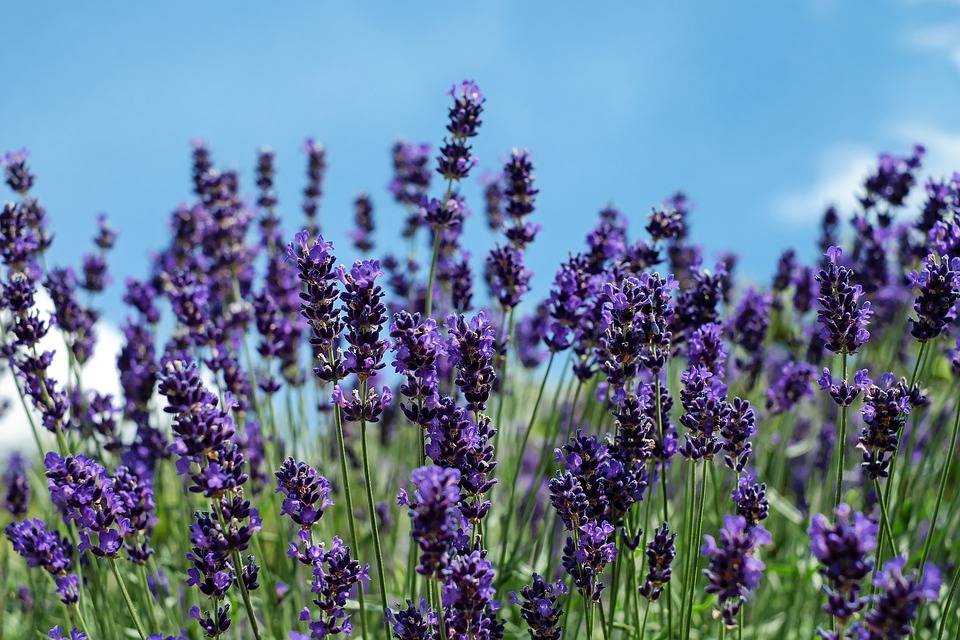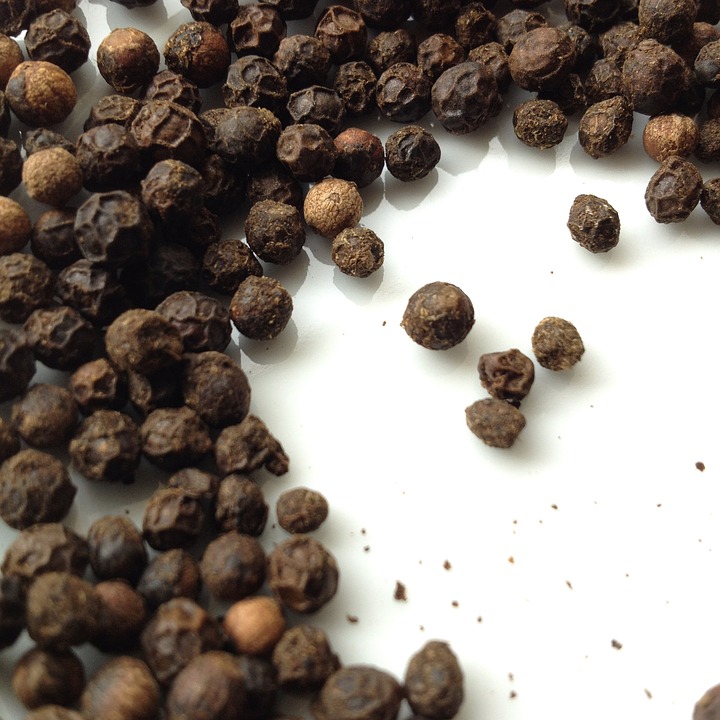I hope you enjoyed last week’s post about Ayurveda and how it relates to how we eat. Are you chewing your food a bit more than before? Have you stopped eating while you’re standing or walking somewhere?! I will get around to that one day. I will!
For today’s post, I’d like to describe the six tastes of Ayurveda, how they affect our digestion and what they mean for the way we live our lives.
These are the six tastes of Ayurveda:
Sweet
Sweet is the flavour of strength and energy. It’s associated with Earth and Water and is wet, heavy and cool. The sweet flavour also has a mood: it is the flavour of love, sharing and compassion.
Sweet substances and experiences are moistening, so they increase the volume of wet Kapha, cool down hot Pitta and moisten dry Vata.
In excess the sweet taste can reduce the strength of the digestive fire, agni, increase mucus production, create obesity and promote congestion, so Kapha types in particular should show moderation.
Sour
Sour is associated with Fire, together with a little Earth and Water, and creates moisture and heat within us. Examples of sour food are lemons, lime and vinegar. The sour taste stimulates our digestion through its hot and light qualities and clears dryness by promoting fluids.
A little sour food encourages digestion; too much increases heat and mucus in the body. Use sour in moderation, especially if you are Kapha or Pitta as it aggravates Pitta heat and liquefies Kapha wetness.
Salty
Salty taste creates moisture and heat, and is wet, heavy and hot. Salty is an easily recognisable taste and is very grounding for the nervous system. That’s why the salty flavour is said to encourage stability. After all, we call people who are solid and reliable 'the salt of the earth'.
Salt reduces dry Vata, but aggravates hot Pitta and wet Kapha. Taken in moderation, salt is vital to our existence — it can be a lifesaver when there is dehydration. Too much salt, however, can cause water retention and high blood pressure.
Pungent (spicy)
The qualities of pungent flavour are hot, dry and light — that’s why it’s associated with the elements of Fire and Air. Pungent foods and herbs, such as ginger, black and white pepper and chilli, are spicy. They can stimulate the metabolism and help digestion. They can also stimulate 'hot' emotions, ranging from passion and excitement to anger and irritation.
Pungent foods are good for wet Kapha, drying the excess moisture and mucus. It is also good for Vata, but too much is drying and overly stimulating and this can aggravate scatty Vata.
Bitter
This taste is very underused in our diet. It relates to Air and Ether and is dry, light and cold. It creates space in the body by draining and drying excess fluids, and is the ultimate detoxifier. The bitter flavour helps to change our metabolism, so that our absorption, assimilation and elimination are improved.
Consuming too many bitter-tasting things encourages fear and anxiety, but lavender is a beautiful bitter flavour, relieving anxiety and promoting good sleep. Commonly eaten bitter foods are coffee, asparagus and some salad leaves like endive and roasted chicory roots. Bitter herbs are drying, cooling and draining, and clear wet Kapha and hot Pitta.
Astringent
Astringent is the driest flavour and holds things in place. Associated with Earth and Air, it is heavy, cold and dry. The astringent flavour is found in tannins.
Astrigent clears damp Kapha and hot Pitta. The astringent taste is usually detrimental to Vata as it is too drying — its cold and heavy quality can impair digestion and reduce the strength of the digestive fire.
So now you know! I hope you’ve enjoyed this two-parter. Can you think of any ways in which your diet will change as a result of what you have learned about Ayurveda and food?
For today’s post, I’d like to describe the six tastes of Ayurveda, how they affect our digestion and what they mean for the way we live our lives.
These are the six tastes of Ayurveda:
Sweet
Sweet is the flavour of strength and energy. It’s associated with Earth and Water and is wet, heavy and cool. The sweet flavour also has a mood: it is the flavour of love, sharing and compassion.
Sweet substances and experiences are moistening, so they increase the volume of wet Kapha, cool down hot Pitta and moisten dry Vata.
In excess the sweet taste can reduce the strength of the digestive fire, agni, increase mucus production, create obesity and promote congestion, so Kapha types in particular should show moderation.
Sour
Sour is associated with Fire, together with a little Earth and Water, and creates moisture and heat within us. Examples of sour food are lemons, lime and vinegar. The sour taste stimulates our digestion through its hot and light qualities and clears dryness by promoting fluids.
A little sour food encourages digestion; too much increases heat and mucus in the body. Use sour in moderation, especially if you are Kapha or Pitta as it aggravates Pitta heat and liquefies Kapha wetness.
Salty
Salty taste creates moisture and heat, and is wet, heavy and hot. Salty is an easily recognisable taste and is very grounding for the nervous system. That’s why the salty flavour is said to encourage stability. After all, we call people who are solid and reliable 'the salt of the earth'.
Salt reduces dry Vata, but aggravates hot Pitta and wet Kapha. Taken in moderation, salt is vital to our existence — it can be a lifesaver when there is dehydration. Too much salt, however, can cause water retention and high blood pressure.
Pungent (spicy)
The qualities of pungent flavour are hot, dry and light — that’s why it’s associated with the elements of Fire and Air. Pungent foods and herbs, such as ginger, black and white pepper and chilli, are spicy. They can stimulate the metabolism and help digestion. They can also stimulate 'hot' emotions, ranging from passion and excitement to anger and irritation.
Pungent foods are good for wet Kapha, drying the excess moisture and mucus. It is also good for Vata, but too much is drying and overly stimulating and this can aggravate scatty Vata.
Bitter
This taste is very underused in our diet. It relates to Air and Ether and is dry, light and cold. It creates space in the body by draining and drying excess fluids, and is the ultimate detoxifier. The bitter flavour helps to change our metabolism, so that our absorption, assimilation and elimination are improved.
Consuming too many bitter-tasting things encourages fear and anxiety, but lavender is a beautiful bitter flavour, relieving anxiety and promoting good sleep. Commonly eaten bitter foods are coffee, asparagus and some salad leaves like endive and roasted chicory roots. Bitter herbs are drying, cooling and draining, and clear wet Kapha and hot Pitta.
Astringent
Astringent is the driest flavour and holds things in place. Associated with Earth and Air, it is heavy, cold and dry. The astringent flavour is found in tannins.
Astrigent clears damp Kapha and hot Pitta. The astringent taste is usually detrimental to Vata as it is too drying — its cold and heavy quality can impair digestion and reduce the strength of the digestive fire.
So now you know! I hope you’ve enjoyed this two-parter. Can you think of any ways in which your diet will change as a result of what you have learned about Ayurveda and food?



 RSS Feed
RSS Feed
